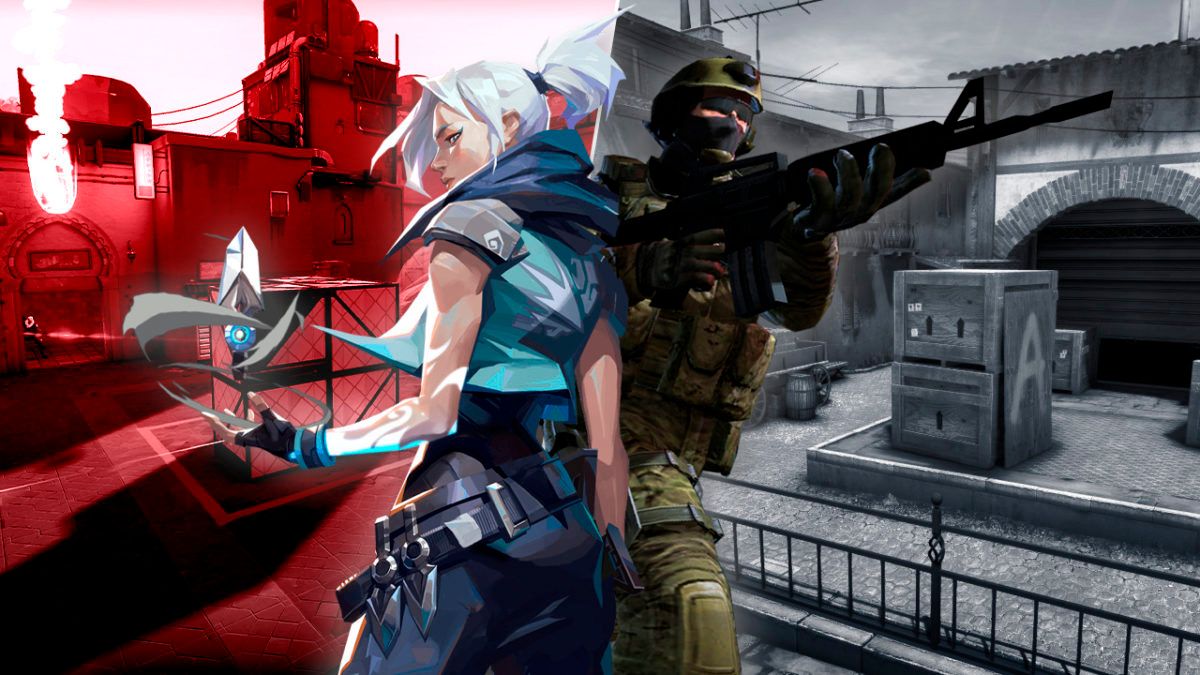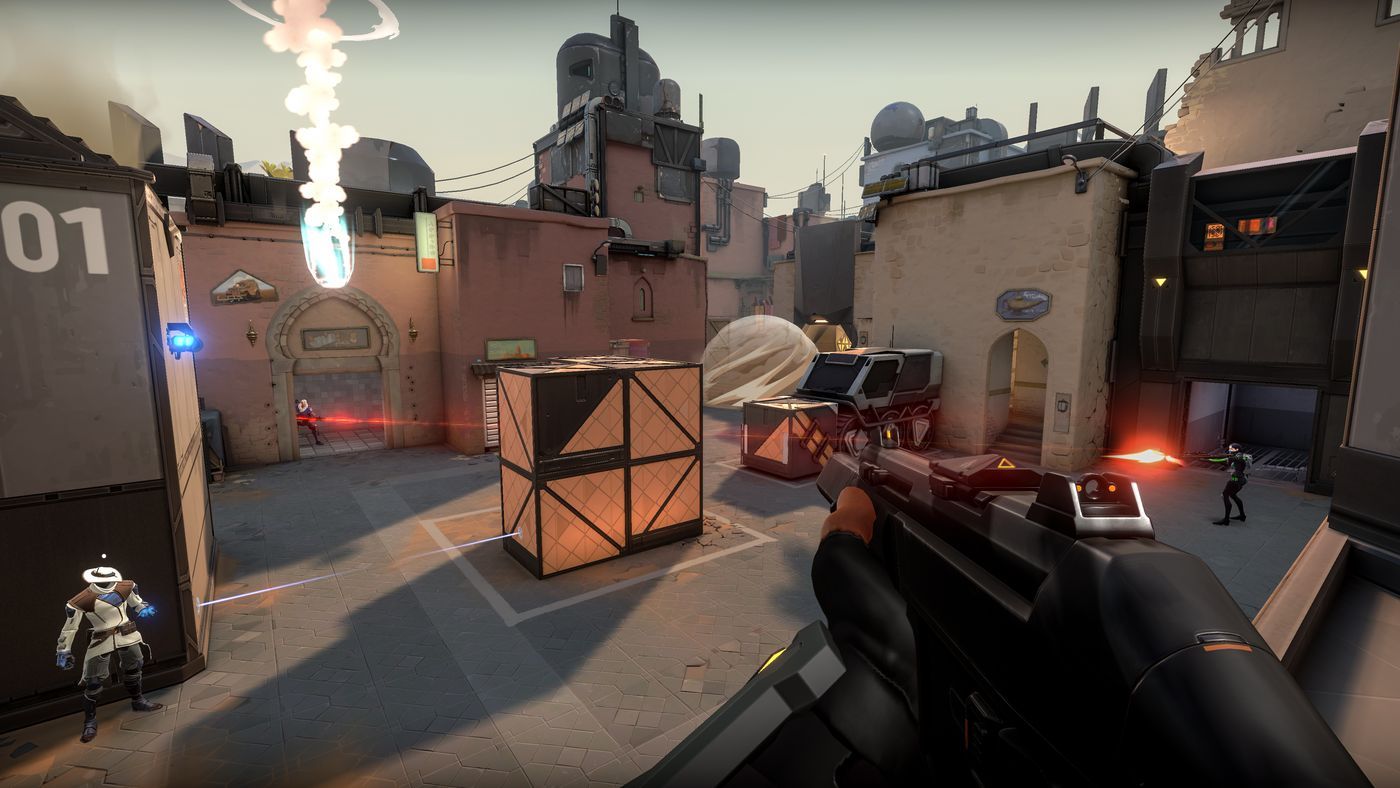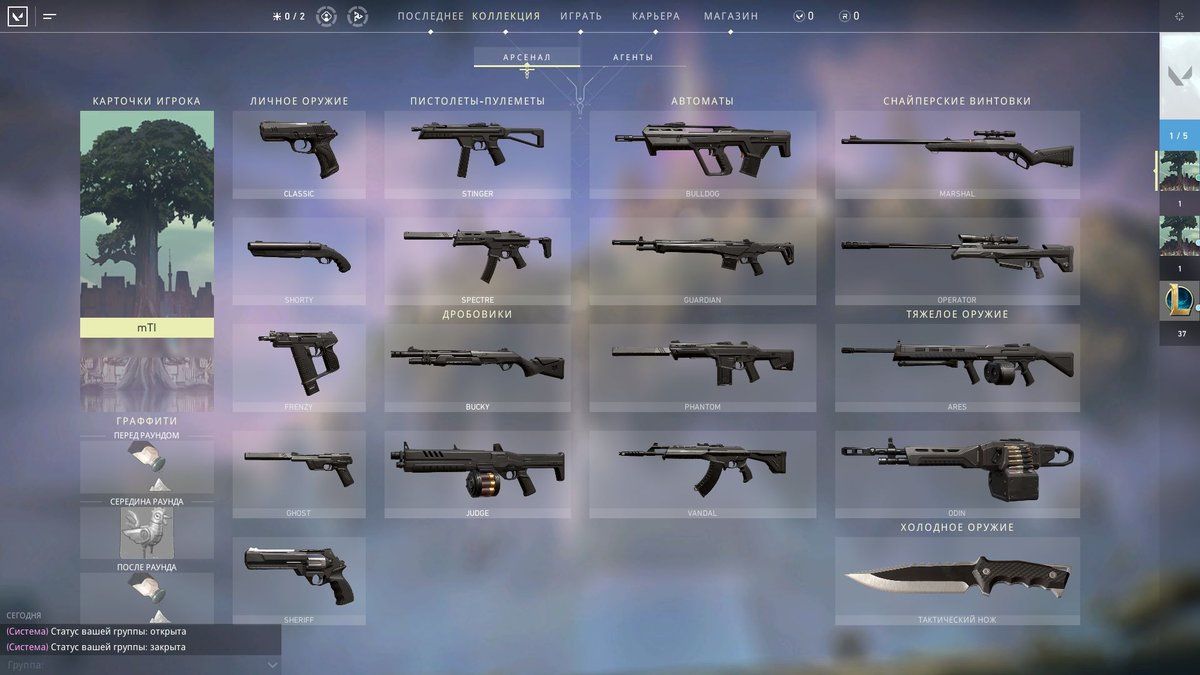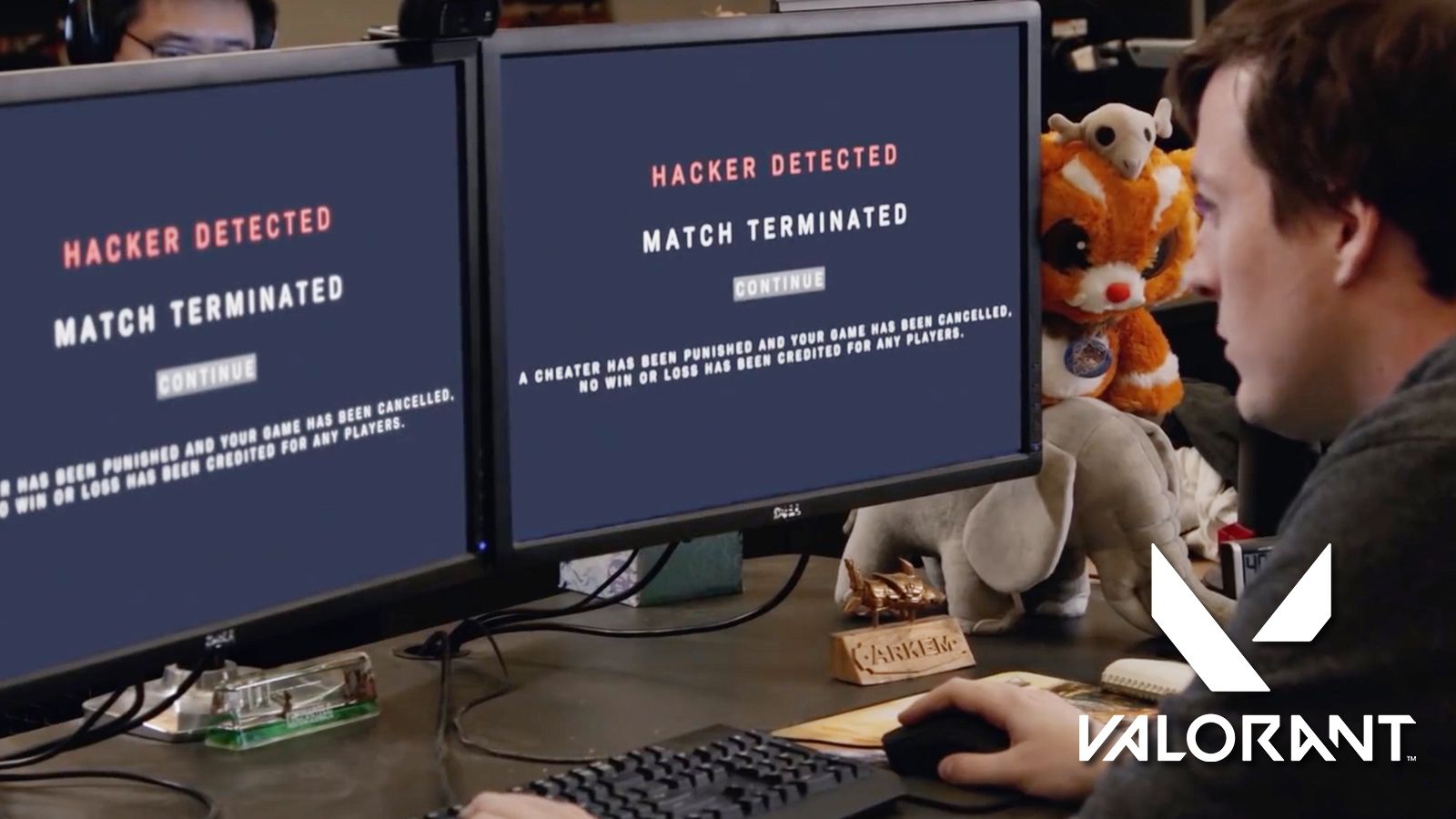Since early details were revealed about VALORANT, the upcoming tactical FPS from Riot Games, the obvious comparison has been made to CS:GO and it isn’t difficult to see why. On the surface both games reward high-skill, precision aim and quick reflexes in objective-based team combat. However, the similarities are only skin deep, and both games differ in significant ways at all levels of play.
The Core Gameplay Is Similar
A brief glimpse at each game would make a casual observer think that both games were basically the same. Each game tasks teams of players to complete an objective or dispatch the defenders on maps that are filled with close quarters, several routes of attack, and choke points.
Weapon Of Choice
Guns are another point that feel strikingly similar for players who have experienced both games. Several of the weapons may have different names between the two titles, but they feel functionally identical. The Operator sniper weapon in VALORANT is like the AWP in disguise from CS:GO, for example.
Shields are also available for purchase in VALORANT as either light or heavy. Right now, these shields feel similar to how Kevlar and Kevlar and a helmet feel in CS:GO. Despite the core gameplay being similar when it comes to gunplay and objectives, the major differences begin when considering abilities that could be confused with Wizards casting spells.
Suspending Disbelief With Player Abilities
CS:GO provides players with a broad range of weapons and equipment. These can include frag grenades, firebombs, flashbangs, smoke grenades, and more. All of this exists in VALORANT but through abilities unique to each individual character.
Each character will be provided with access to a total of four abilities, including a signature ability available every each round at no cost, two that can be purchased and remain between rounds until consumed, and a single ultimate ability charges up with in-game actions.
Rather than have equipment, characters in VALORANT will appear to use this abilities in almost supernatural ways, and this is a major departure when trying to compare the game as similar to CS:GO. The immediate contrast is instead made to Overwatch due to the unrealistic fireballs through from a character’s hands and the bright colors they fill up the screen with.
128-Tick Servers Guarantee High-Quality Gameplay
Riot Games has been adamant in their commitment to provide VALORANT players with the best competitive experience right from the beginning, and they do so by hosting 128-tick servers. This should translate to less than 35 ms for players in most major cities.
This is a huge deal for players looking to kickstart a competitive career in VALORANT because there will be far more of a reliance on skill than anything else. Without a doubt, the most frustrating experience in any online competitive game can be found when servers cannot keep up with the demands of high-speed gameplay. Losing a ranked match in any game because of a connection issue is a sure way to alienate a competitive play base.
An Unwavering Commitment To Anti-Cheat Through Invasive Software
Another talking point that Riot Games has pushed hard over the last few months is their commitment to rooting out and banning cheaters. Unfortunately, VALORANT’s client comes bundled with some of the most egregious anti-cheat drivers out there. While most games only activate their anti-cheat software when booting up a game and shut off once the game is exited, VALORANT is always on.
While the commitment to rooting out cheaters is appreciated, this is not the ideal way to go about the situation, and there are certainly players who have decided not to play the game as a result.
In the end, the similarities are only skin deep between both games, and VALORANT will carve out its own future in a totally distinct way from CS:GO.
Source: Read Full Article




